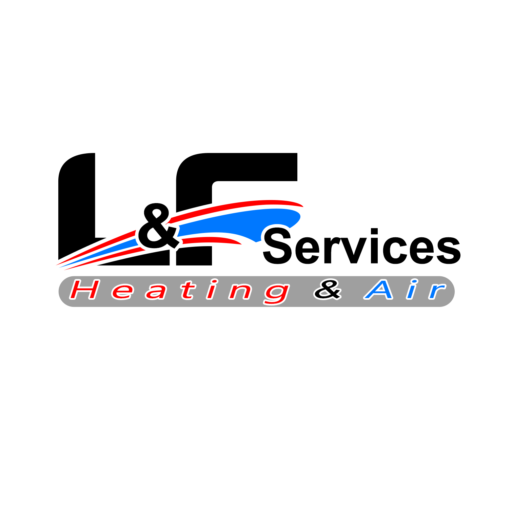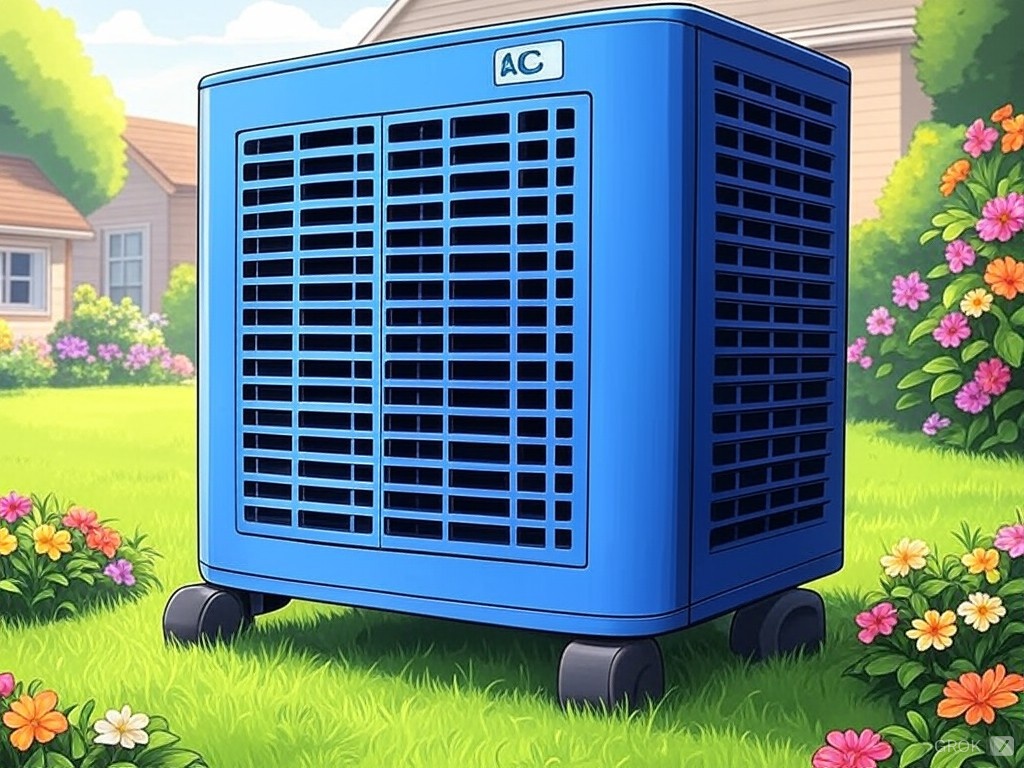Have you ever noticed your air conditioning unit blowing cold air outside while warm air fills your home? This puzzling phenomenon can be frustrating, especially during the sweltering heat of summer. Understanding why this happens and how to address it is crucial for maintaining a comfortable indoor environment. In this article, we will explore the possible reasons behind this issue and provide practical solutions to resolve it.
How an Air Conditioner Should Work
Before diving into the problem, let’s briefly review how an air conditioner is supposed to function. An air conditioner works by removing heat from the indoor air and releasing it outside. This process involves several components, including the indoor evaporator coil, the outdoor condenser coil, and the refrigerant that flows between them. Under normal conditions, the indoor unit should blow cool air into your home, while the outdoor unit releases hot air.
Common Causes of Cold Air Blowing Outside
If your AC unit is blowing cold air outside and warm air inside, something is definitely not right. Here are some common causes:
Incorrect Thermostat Settings
One of the simplest explanations could be incorrect thermostat settings. If the thermostat is set to “fan” instead of “cool,” the air conditioner will circulate air without cooling it. Ensure that your thermostat is set to the correct mode and the temperature is set lower than the current room temperature.
Refrigerant Issues
If your AC unit is blowing cold air outside and warm air inside, Refrigerant is the lifeblood of your air conditioning system. If there’s a leak or the refrigerant level is too low, the system cannot effectively remove heat from your home. This can lead to the outdoor unit blowing cold air. A professional HVAC technician can diagnose refrigerant issues and recharge the system if necessary.
Dirty or Clogged Air Filter
A dirty or clogged air filter restricts airflow, causing the system to struggle in cooling your home. When airflow is compromised, the outdoor unit may end up blowing cold air. Regularly replacing or cleaning the air filter can prevent this issue and ensure efficient operation.
Blocked or Dirty Coils
Both the indoor and outdoor coils must be clean for the AC to function properly. If the coils are dirty or blocked by debris, heat exchange is disrupted, leading to improper cooling. Clean the coils regularly and ensure that the outdoor unit is free from obstructions like leaves or dirt.
Faulty Compressor
The compressor is responsible for circulating refrigerant and pressurizing it to cool your home. If the compressor is malfunctioning, it can lead to cold air being expelled outside. A faulty compressor requires professional repair or replacement.
DIY Troubleshooting Steps
Before calling in the professionals, there are a few troubleshooting steps you can take to identify and potentially resolve the issue.
Check Thermostat Settings
Begin by checking your thermostat settings. Ensure that it is set to “cool” and that the fan is set to “auto” rather than “on.” This ensures that the AC unit will only blow air when it is actively cooling.
Inspect and Replace the Air Filter
Inspect your air filter and replace it if it appears dirty or clogged. A clean filter improves airflow and enhances the efficiency of your air conditioner.
Clean the Coils
Carefully clean the evaporator and condenser coils. Turn off the power to the AC unit and gently clean the coils with a soft brush or vacuum. Be cautious not to damage the fins.
Clear Obstructions
Make sure that the outdoor unit is clear of any obstructions. Remove any leaves, dirt, or debris that may block airflow.
When to Call a Professional
If you’ve tried the above steps and the problem persists, it’s time to call an HVAC professional. Here are scenarios where professional intervention is necessary:
Heat Pump Problems:
Ensure your heat pump’s efficiency by keeping the outdoor unit free from obstructions. Regularly remove leaves, dirt, or debris to maintain optimal airflow.
Refrigerant Leak
Handling refrigerant requires specialized knowledge and equipment. If you suspect a refrigerant leak, only a certified technician should manage the repair and recharge process.
Electrical Issues
If the AC unit has electrical problems, such as a malfunctioning capacitor or relay, a professional should address these issues to ensure safety and proper operation.
Compressor Problems
Repairing or replacing a faulty compressor is a complex task best left to professionals. They can properly diagnose the issue and recommend the best course of action.
Preventive Maintenance Tips
Regular maintenance can help prevent issues with your air conditioner and extend its lifespan. Here are some preventive maintenance tips:
Schedule Regular Tune-Ups
Having your AC unit professionally inspected and tuned up at least once a year can catch potential problems before they become major issues.
Keep the Area Around the Outdoor Unit Clean
Regularly check the area around the outdoor unit and remove any debris or vegetation that could obstruct airflow.
Monitor Energy Bills
If you notice a sudden spike in your energy bills, it could indicate a problem with your air conditioning system. Addressing it early can prevent further damage.
Conclusion
Dealing with an air conditioner that blows cold air outside and warm air inside can be frustrating, but understanding the underlying causes and following the right steps can help resolve the issue. By performing regular maintenance and seeking professional assistance when needed, you can ensure that your AC unit operates efficiently, keeping your home comfortable throughout the year. Remember, a well-maintained air conditioner not only enhances comfort but also saves on energy costs.



